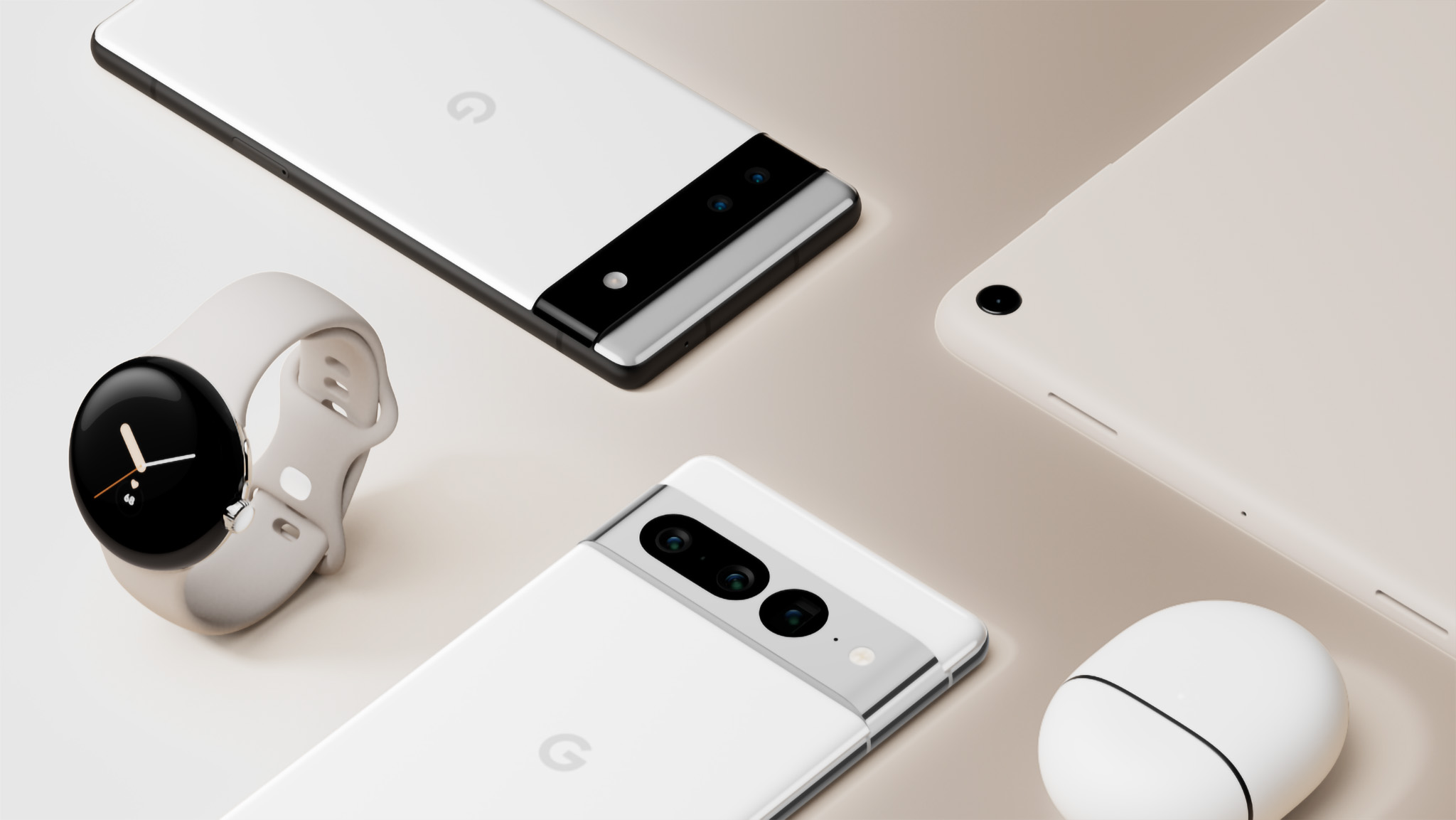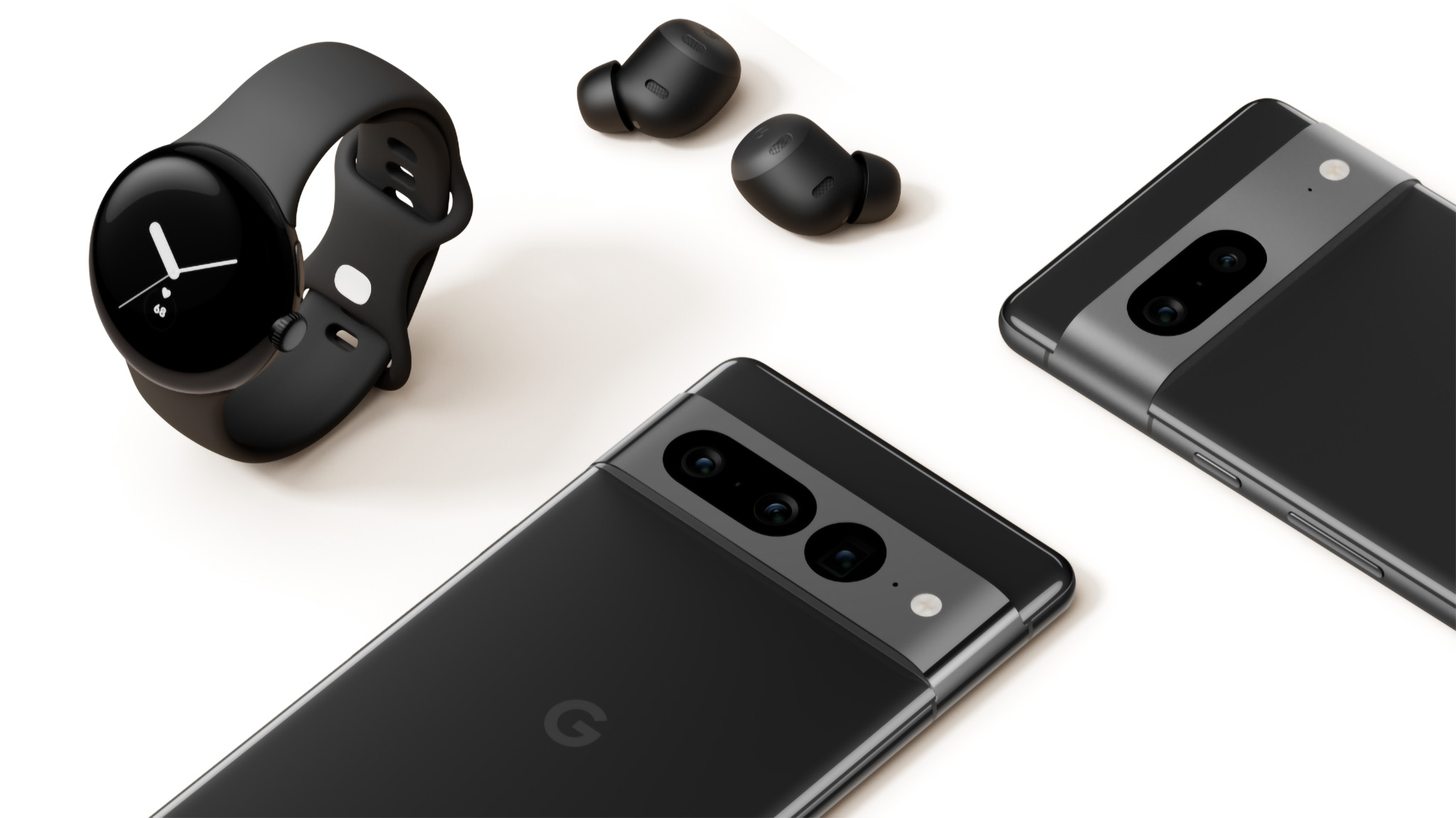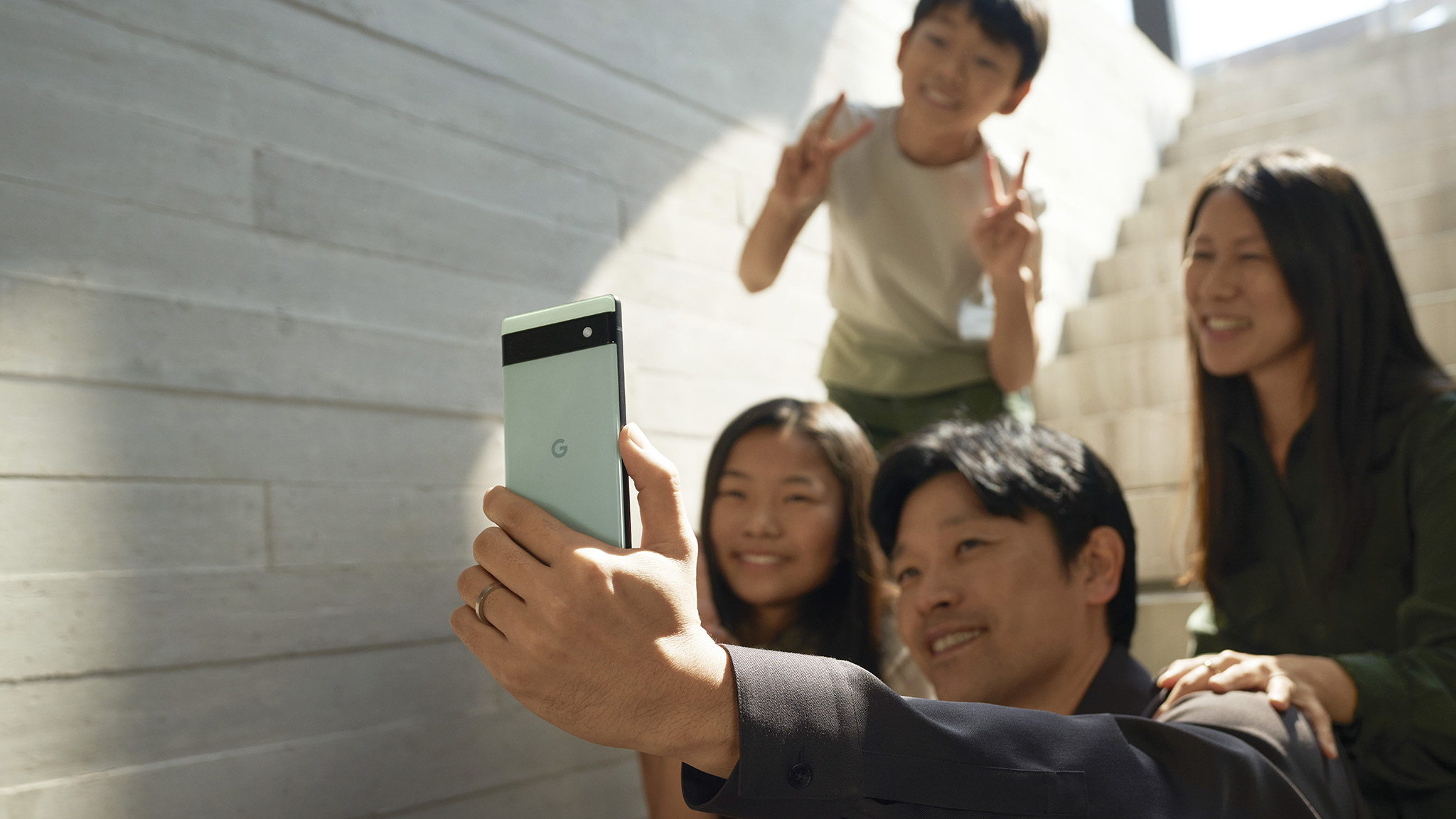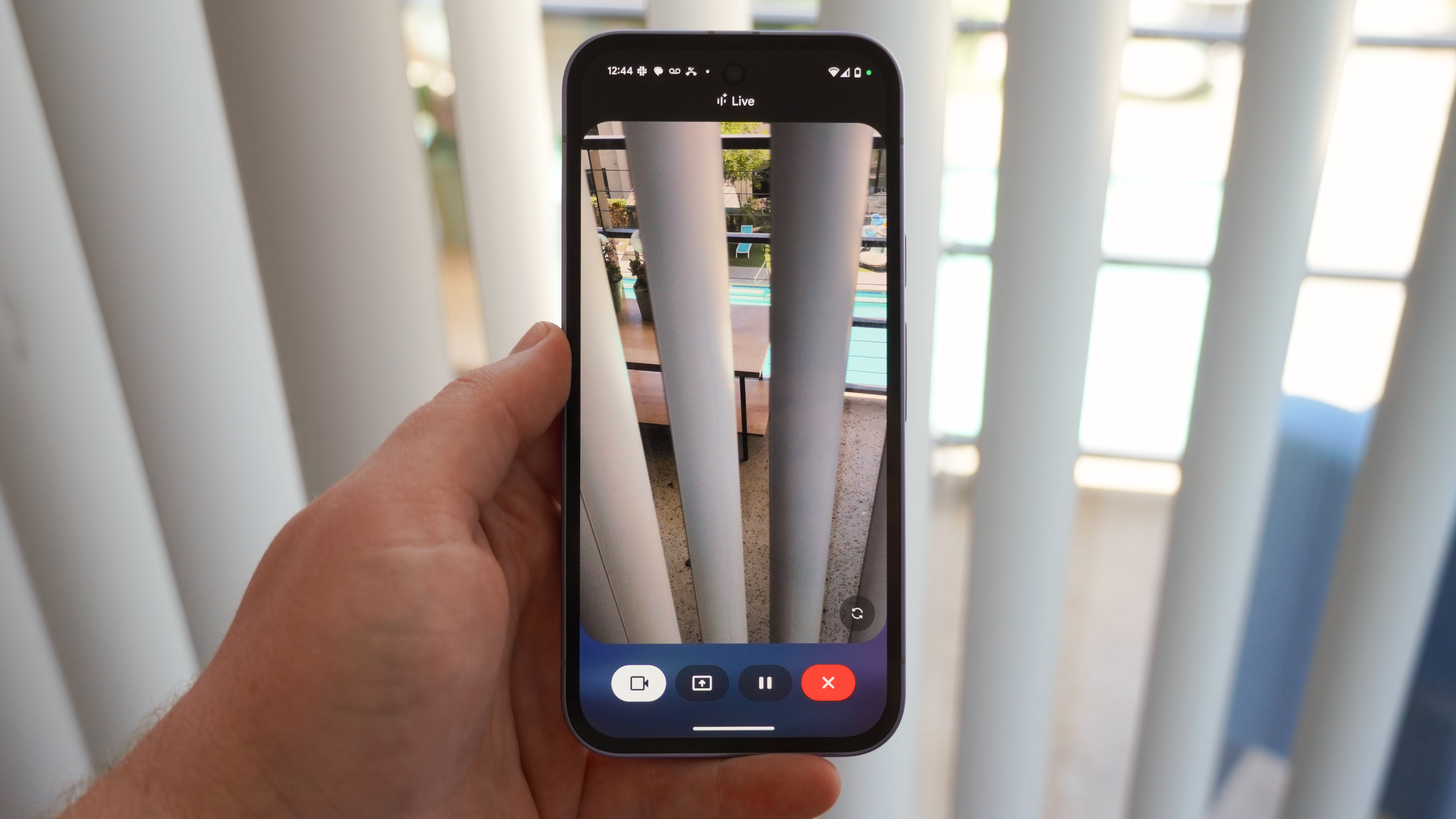After 10 years of Google’s messy hardware strategy, it looks like they finally got it right
High hopes for a united product line.

Google’s Pixel series has always been in a bit of a tough spot. While it offered a “pure” version of Android that Google designed fully in-house, buying one often felt like buying the overpriced name brand Cheetos when the store brand tastes exactly the same. Similarly, it never felt like a Google Pixel Watch made sense in the diverse Wear OS smartwatch market where companies left and right have been vying for supremacy by offering dozens of different styles — all with almost identical functionality — each year.
Fast-forward to 2022, where the smartwatch market is as boring as ever and smartphones aren’t too far behind, sans maybe the best foldable phones if that sort of thing appeals to you, Google has never had it more together than it does right now. With Google’s RCS messaging finally being adopted by default by big players like Samsung and the incredibly strong portfolio we just saw announced at Google I/O 2022, this seems like the year that all of Google’s drawn-out hardware efforts could finally pay off.
Yesterday’s announcements have shown me that Google isn’t just a search engine company with a penchant for camera software. It’s finally a company that can make a full ecosystem of products and software that work together in a cohesive way that has traditionally only been achieved by Apple, yet, doesn’t seem to be falling into the problematic “walled garden” approach that plagues Apple products. Theoretically, at least.
The big surprise

While there were plenty of surprise announcements, my biggest surprise of Google I/O 2022 is just seeing a united Google. The company has been anything but organized since the inception of the modern smartphone and Google has, rightly, received flack for that. The Pixel’s lone saving grace over the years has been the fact that Google’s camera software is second to none, often landing the Pixel atop the best smartphones every year solely because of the camera experience.
Apart from that, Google’s strategy over the past decade has been a mess. The company has put out weird Chromebook hybrids, half-baked tablets, and tried to foster a smartwatch ecosystem that only got worse over the years, not better.
But Google’s seemingly newfound interest in creating a suite of interlinking products is giving me renewed faith in a Google that might actually be able to deliver on its promises. Last year’s Pixel 6 line was a sign that Google might have finally started getting things together, and the all-out assault on every important mobile hardware category this year proves that Google isn’t willing to let that be a one-off success experience.
Google’s seemingly newfound interest in creating a suite of interlinking products is giving me renewed faith in a Google that might actually be able to deliver on its promises.
A new tablet, a new smartwatch, three new smartphones, and a next-generation pair of wireless earbuds create a fuller picture of a Google that looks to finally be taking all those years of hardware experimentation and putting it into a real campaign to entice customers. After all, one of the biggest reasons people have chosen Android over the years is because it offers real choice in hardware vendors, styles, and functionality. Google has to bring something new to the table.
Be an expert in 5 minutes
Get the latest news from Android Central, your trusted companion in the world of Android
The ecosystem play

Without actually using any of Google’s latest announcements first-hand just yet, my emotional response is slightly preemptive, but it’s based on the rollercoaster of emotions I’ve had over the years as a Google fan. Every time the company announced a new messaging strategy, most of us got excited, only to be let down in the end. The same went for tablets, smartwatches, and even its Pixel line of phones.
This time around, however, it’s clear Google is making a play for the full ecosystem, not just a piecemeal effort to plug a hole in the sinking ship of an idea. Our hope that Google would finally take tablets seriously seems to be coming true, not just with the introduction of the Pixel Tablet but with the finalizing of the Android 12L code that’s built with larger screen devices in mind. It’s an effort not seen from the company since the tablet-centric Android 3.0 Honeycomb landed alongside some amazing Android tablets at the time.
Thanks to the Galaxy Watch 4, now there are almost as many Wear OS users as Apple Watch users after just a few short months on the market.
Smartwatches, likewise, have been a laissez-faire effort by Google over the years. It tried to win the market over with Wear OS the same way it won the smartphone market with Android a decade and a half ago — that’s by providing a common ground for vendors to build around — but its strategy was also different and, clearly, flawed.
Last year, Google let Samsung take the helm for the Wear OS 3 initiative, and, by all accounts, it worked. Not everyone is convinced that the Galaxy Watch 4 was a success, but the numbers don’t lie. Samsung sold literal boatloads of Galaxy Watch 4 watches, and now there are almost as many Wear OS users as Apple Watch users after just a few short months on the market. No doubt, a well-marketed, stylishly unique watch like the Pixel Watch could finally be the tipping point for the troubled wearable OS.
Google even continues to corner the mid-range market much in the way that Apple’s iPhone SE line has taken large chunks from other vendors over the past few years. The difference is that instead of offering a clunky, ugly-looking old model like Apple is, Google is offering up something that looks sleek, modern, and almost assuredly takes better pictures than Apple’s cheapest phone.
All of these factors tie in to reveal a Google that appears to actually be trying this time and, most importantly, one whose teams are actually talking to each other and planning an overarching scheme.
And while I’m not a headphone aficionado and have a hard time getting excited about a new pair of earbuds, Google’s Pixel Buds Pro seems like a truly excellent effort in a line of products that have substantially improved since the first iteration. Last year’s Pixel Buds A were the first step toward more affordable earbuds that don’t suck, and the Pixel Buds Pro might actually challenge the ranks of the best earbuds from companies like Jabra and Samsung.
All of these factors tie in to reveal a Google that appears to actually be trying this time and, most importantly, one whose teams are actually talking to each other and planning an overarching scheme.
Could this be the one?

We’ve always seen Google dabble in one area of the market or another at seemingly random times, but this time around the company has revealed an entire suite of products that are designed to work with each other.
Like Morpheus in The Matrix, I’m once again hoping that Google’s first true all-out hardware offering is The One we’ve been looking for as Android and Google enthusiasts. We’ve always seen Google dabble in one area of the market or another at seemingly random times, but this time around the company has revealed an entire suite of products that are designed to work with each other and offer an ecosystem that’s not often found outside of Apple products.
My favorite part is that Google isn’t trying to ape Apple in its siloed strategy, either. You don’t have to buy the whole Pixel line to get a good experience in either of these product categories, whereas it would be hard to convince any Apple user that an iPhone and an Apple Watch weren’t made for each other.
That ‘together but different’ mantra from Android’s days past is, in my opinion, still the strongest suit of the OS and all its many facets. But Google’s new Pixel strategy could be a more compelling reason to stick close to The Source and get products that were all designed by The Architect to get a fuller vision of what Google intends for Android’s user experience. I’m certainly planning to bite, especially if Google eventually reveals the Pixel Fold we’ve been dreaming of for years.

